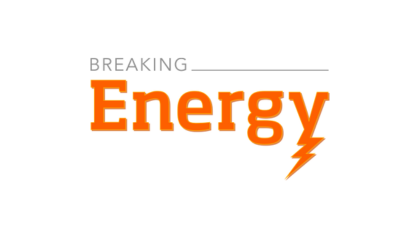
The American Wind Energy Association and Solar Energy Industries of America, the leading groups for the most important renewable energy industries in the country, were feeling pretty good in the wake of Tuesday’s elections.
Both groups issued press releases on Wednesday, with the AWEA putting its focus on the success of candidates who supported the production tax credit, which the organization now believes has a good chance of being extended before its Jan. 1, 2013, expiration, and the SEIA taking advantage of the opportunity to heap copious praise upon President Obama. Keep reading →







